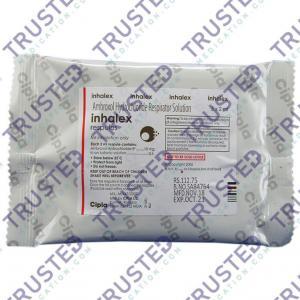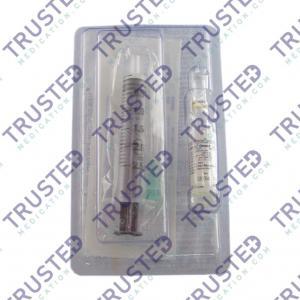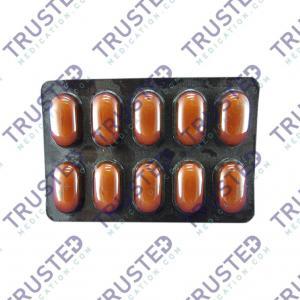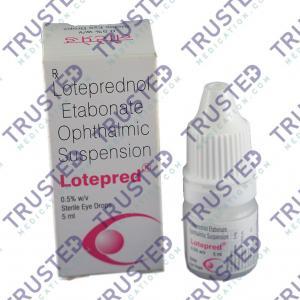
Parkinson’s Disease is a progressive disorder affecting the nervous system and other parts of the body that is controlled by the nerves. The symptom of this condition develops gradually. The first symptom may be a barely noticeable tremor in just one hand and may worsen over time.
People having this condition had a possible normal or near-life expectancy. Modern medication and treatments can manage their symptoms and reduce the occurrence or severity of complications, which might otherwise be deadly.
Is Parkinson’s Disease Life Threatening?
Parkinson’s disease is not deadly. However, although people don’t die from Parkinson’s disease, they may die from complications of the condition. This condition can make people more possible to develop serious, life-threatening infections.
What are the Symptoms of Parkinson’s Disease?

- Muscle stiffness, where muscles remain contracted for a long time
- A shaking hands, arms, legs, jaws, or head
- Impaired balance and coordination
- Slowness of movement
- Difficulty swallowing, speaking, and chewing
- Emotional change or depression
- Skin problems
- Constipation or urinary problems
What are the Causes of Parkinson’s Disease?
In Parkinson’s disease, certain nerve cells in the brain gradually break down or die. Many of the symptoms are due to a loss of neurons that produce a chemical messenger in your brain called dopamine. When dopamine levels decrease, it causes atypical brain activity, leading to impaired movement and other symptoms of this condition. Other causes and factors are:
- Genetic changes. Certain gene variations appear to increase the risk of this condition but with a relatively small risk of Parkinson’s disease for each of these genetic markers.
- Triggers caused by the environment. Exposure to certain toxins or environmental factors may increase the risk of this condition. Researchers have also noted that many changes occur in the brains of people with this condition.
- The presence of Lewy bodies. Clumps of specific substances within brain cells are microscopic markers of this disease. Researchers believe these Lewy bodies hold an important clue to the cause of this disease.
- Alpha-synuclein is found within Lewy bodies. Although many substances are found within Lewy bodies, scientists believe an important one is a natural and widespread protein found in all Lewy bodies in a clumped form that cells can’t break down.
What are the Supplements for Parkinson’s Disease?

- Vitamin B12 and folate. It helps keep red blood cells and nerve cells healthy and helps produce DNA. Both B12 and folate are involved in the metabolism of homocysteine, an amino acid.
- Vitamin C and E. Researchers evaluated vitamins C and E to determine whether antioxidants and total non-enzymatic antioxidant capacity were linked to a lower risk of this disease.
- Vitamin D. It is a vitamin produced by the skin when exposed to ultraviolet rays from the sun. You can also get this from foods like fatty fish flesh and their liver oils, beef liver, and egg yolks.
Treatment of Parkinson’s Disease
This condition cannot be cured but there are medications that can control the symptoms. Doctors may also recommend surgery in some cases. Lifestyle changes are also an important part of the treatment especially ongoing aerobic exercise. In some cases, physical therapy that focuses on balance and stretching is important. A speech-language pathologist may help improve speech problems.
Medication Used for Parkinson’s Disease
Requip XL. It is an oral prescription medication used in treating Parkinson’s disease. This drug belongs to the group of dopamine agonists. Dopamine is a natural substance in the brain necessary for proper brain functioning. It helps the brain to control body movements. Take Requip XL as instructed by the doctor and avoid double dosing if you missed it.
Advanced Treatment for Parkinson’s Disease
An MRI-guided focused ultrasound is a minimally invasive treatment that has helped some people with this condition in managing tremors. Ultrasound is guided by an MRI of the area in the brain where the tremors start. The ultrasound waves are at a very high temperature and burn areas that are contributing to the tremors.








